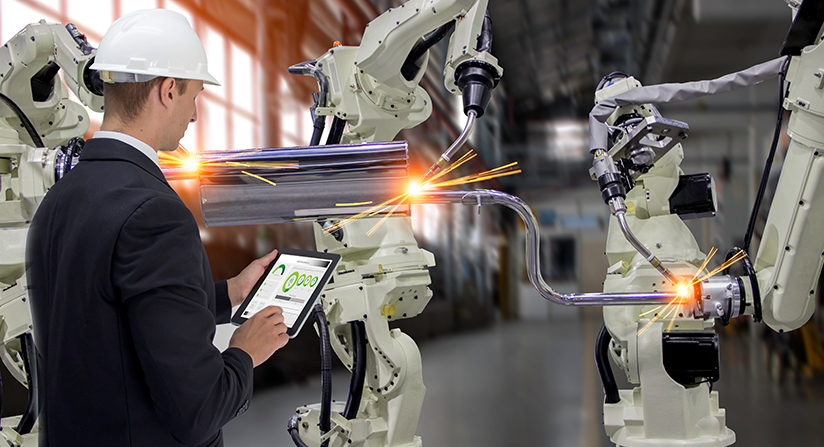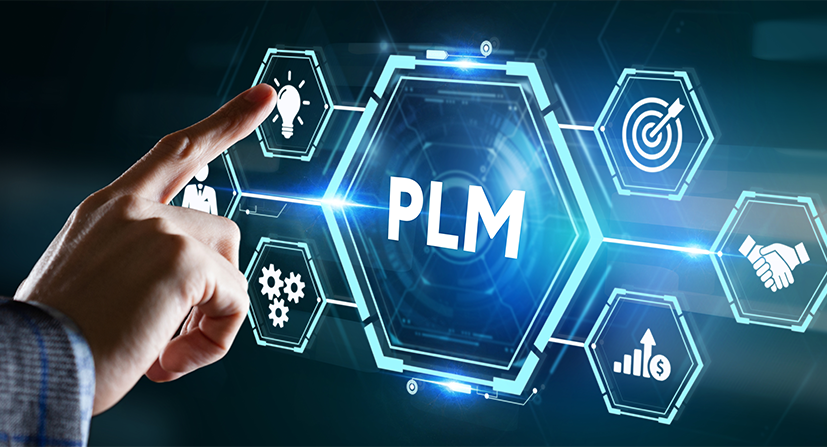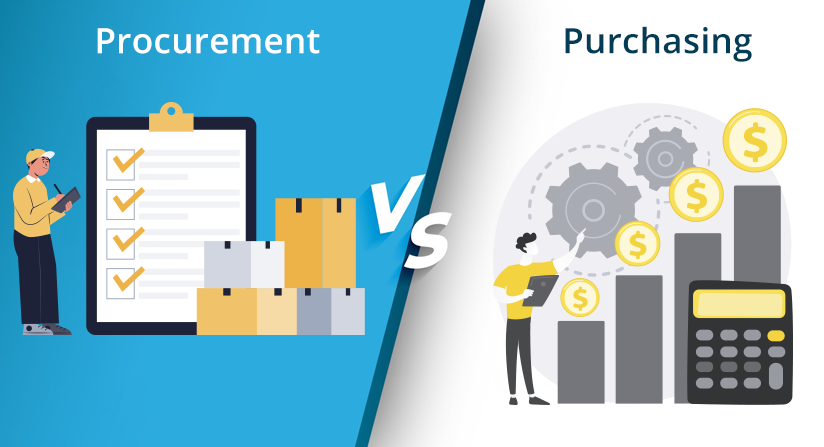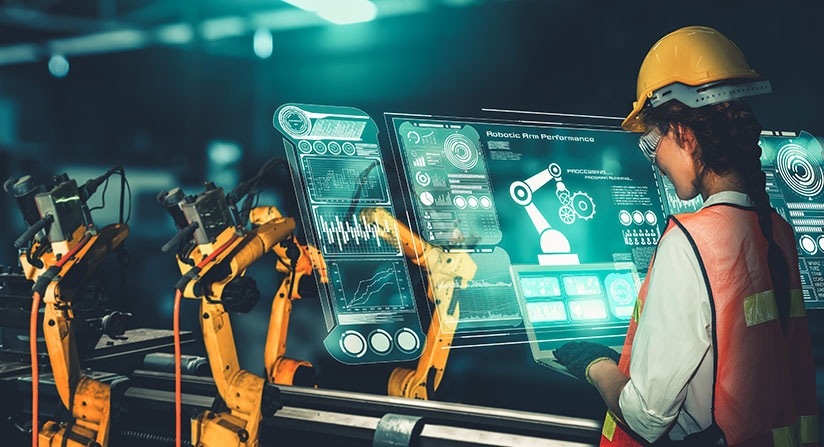We live in an era where it is hard to imagine the manufacturing industry without robots, sensors, and computer-enabled software systems. But, before discussing the fifth industrial revolution, let’s brush up on the fourth industrial revolution or Industry 4.0.
Powered by the Industrial Internet of Things, Industry 4.0 includes intelligent, connected production systems designed to sense, predict, and integrate with machines and devices through a computer-based algorithm. In addition, Industry 4.0 focuses on collecting and analyzing data with sensors, embedded software, robots, and integrated new technologies, allowing better decision-making.
The fourth industrial revolution made manufacturing smarter. The manufacturing sector embraced automation using IIoT, Cloud computing, and cognitive computing technologies. However, while we were learning, implementing, and setting up Industry 4.0, the term Industry 5.0 emerged and gained attention.
What is Industry 5.0?
Industry 5.0, the fifth Industrial Revolution, helps humans work alongside advanced technologies and AI-powered robots to boost efficiency on the shop floor. It focuses on synchronization between humans, robots, and intelligent machines. The aim of Industry 5.0 is to augment Industry 4.0 technologies by strengthening the bond between humans and robots. Let’s examine the three pillars of Industry 5.0.
1. Human-centric approach:
Industry 5.0 is designed to help humans in manufacturing by considering plant safety and goals. Intelligent software manages massive amounts of data, allowing humans to interact with machines in increasingly complex processes.
2. Sustainability:
Industry 5.0 delivers sustainable development through intelligent automation, renewable integration, supply chain adaptability, and open and sustainable innovation. It also supports reducing energy consumption and greenhouse emissions, avoiding depletion of natural resources, and more. In addition, Industry 5.0 helps manufacturers focus on environmentally friendly solutions like tackling climate change, generating less waste, etc.
3. Resilience:
The third pillar of Industry 5.0 is resilience. It focuses on supply chain robustness and improved production. With Industry 5.0, manufacturers are more resilient to interruptions, which helps ensure security if a crisis occurs.
Requirements for Industry 5.0
– Trained workforce
– Advanced technology
Advantages of Industry 5.0
– Cost enhancements
– Creative personalization
– Greener solutions
Collaborative robots (cobots) and human workers
The primary purpose of a collaborative robot or cobot is direct human-robot interaction where both work closely. A cobot is an industrial robot designed to work safely with humans. Cobots are equipped with sensitive sensors that automate tasks by receiving or measuring input of data and generating informative output. The most commonly used sensors in manufacturing include humidity sensors, electric sensors, heat sensors, proximity sensors, fluid velocity sensors, infrared sensors, and more.
The automotive manufacturing sector was an early adopter of robot technologies, used as a critical component in the assembly line. Robots automate dangerous, complex tasks such as welding, assembly, and painting, so humans are freed from engaging in them.
The difference between robots and cobots is that robots perform tasks without human control. However, cobots work in coordination with human workers.
Differences between Industry 4.0 and Industry 5.0
| Industry 4.0 | Industry 5.0 | |
|---|---|---|
| Objective |
|
|
| System approaches |
|
|
| Human factors |
|
|
Factories of the future:
Industry 4.0 and Industry 5.0 both address digital transformation. However, the latter introduces a shift from robots to cobots. As a result, humans can delegate tedious or dangerous tasks to cobots and focus on more essential items.
Industry 5.0 has begun with AI-enabled cobots automating repetitive tasks and providing a touch of personalization to customers. Companies using cobots worldwide include the BMW Mini Factory in the UK, the Cologne, Germany factory of US-based automaker Ford, and more. Duties in the manufacturing sector are often dangerous, labor-intensive, and quite dull, so collaborative industrial robots play an important role in handling such things as picking and placing components, transporting parts to the trimming area, etc.
Most leading manufacturers are using Industry 4.0 technologies and are on the verge of using the updated technology soon. Industry 4.0 was technology-driven, whereas Industry 5.0 is value-driven. The latter helps businesses achieve societal goals beyond growth and promotes resilience.
Conclusion
Industry 4.0 began in 2011 and has always focused on technologies like the Internet of Things, the Cloud, etc. Industry 5.0 is an extension of Industry 4.0 that helps add human, environmental, and social achievements into business objectives. And the global collaborative robots market is estimated to grow at a CAGR of 42.7% from 2022-2030.
Industry 5.0 will be a game-changer in the manufacturing sector. Machines and humans are working hand-in-hand to create better products. Manufacturers already benefit from Industry 4.0 technologies such as data analytics, robotics, BI, etc. It has transformed manufacturing by offering intelligent solutions for increased productivity, improved customer service, and high-quality finished goods. Contact an expert to learn more about how you can use new technology to transform your manufacturing business.
Follow Us










